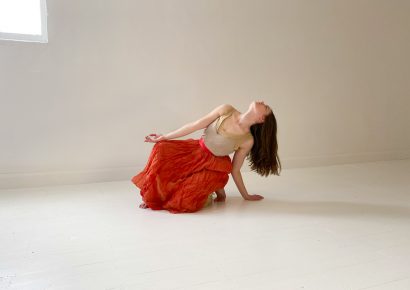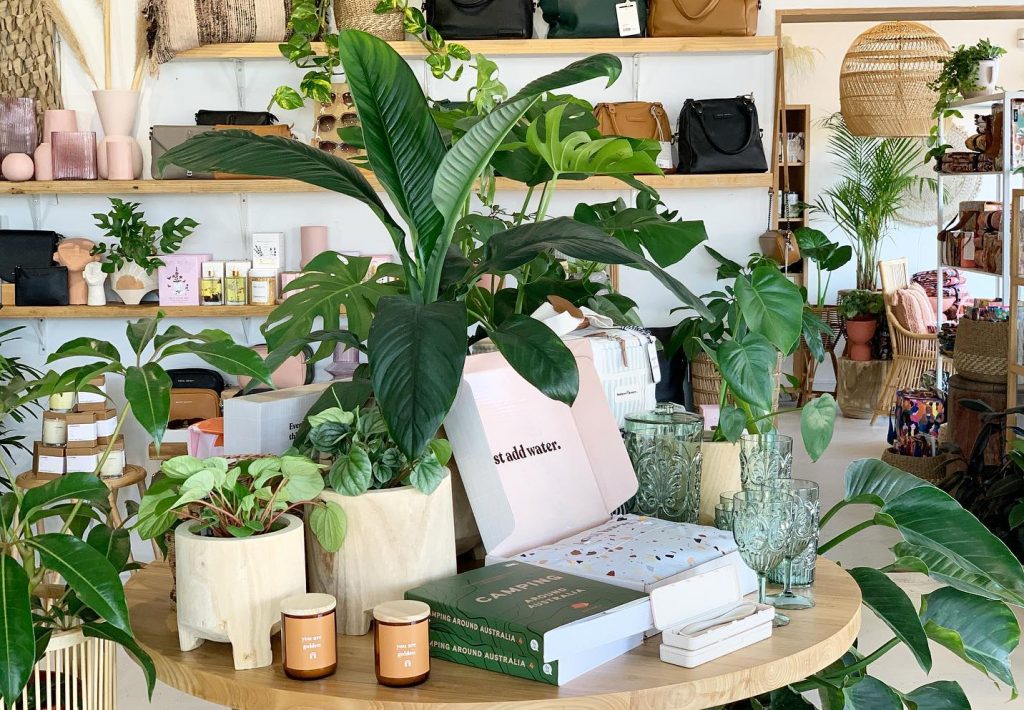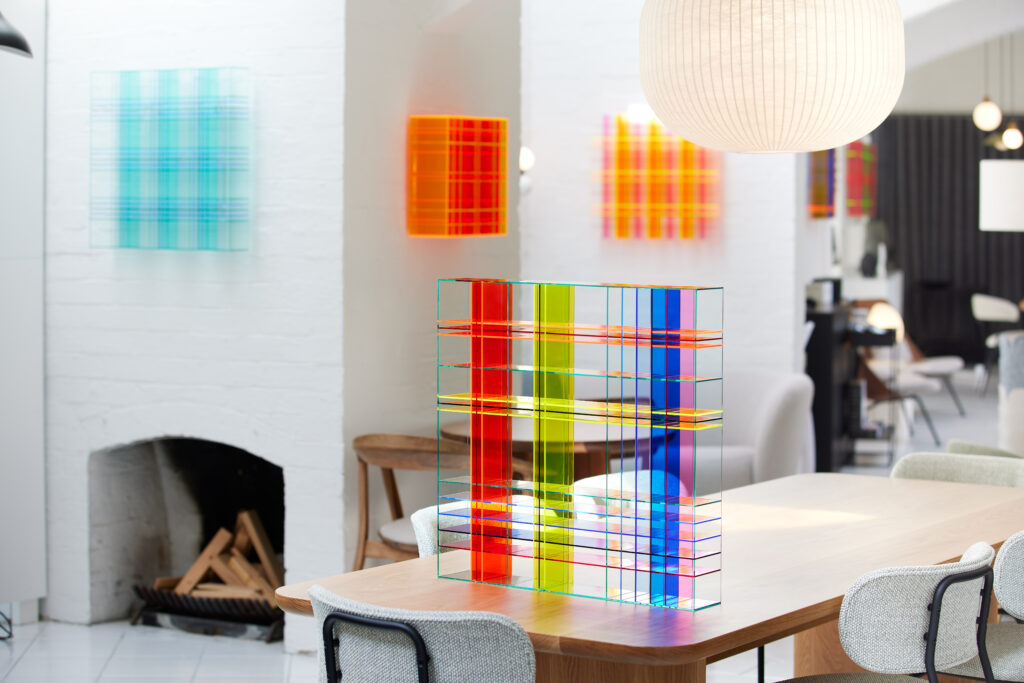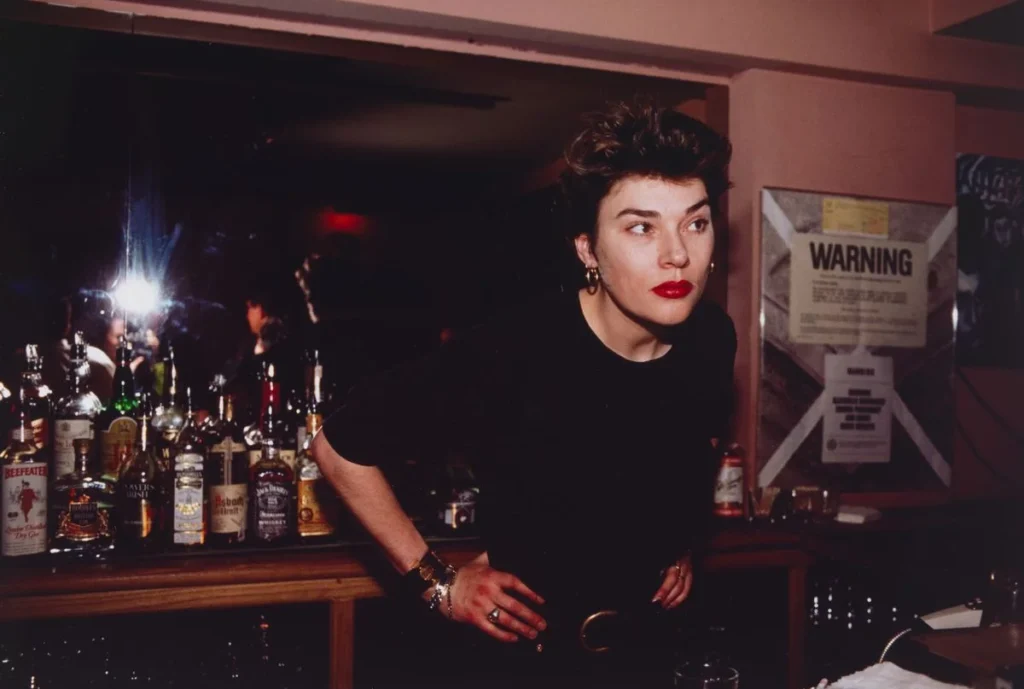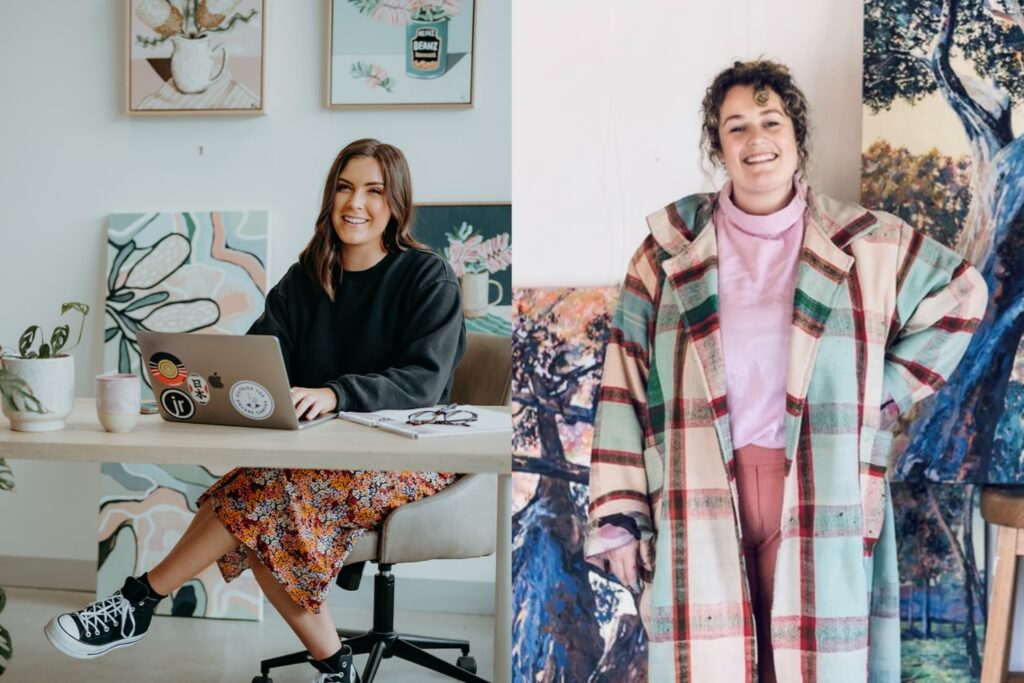Face masks are now mandatory throughout Victoria.
It’s been a week now since it was made mandatory for residents in regional Victoria to wear masks when they leave their homes, following large daily increases of the pandemic in recent weeks, and while the vast majority are doing the right thing, there’s still a bit of confusion surrounding the rules and face masks themselves.
Here’s everything you need to know:
When do I need to wear a mask?
The statewide mandatory mask policy came into effect Monday 3 August, requiring all residents to wear a mask or a face covering whenever they’re out of the home.
As during the previous stage three lockdown, the only four reasons to leave the house are: shopping for necessary goods or services; medical care or compassionate reasons; exercise; and work and education if necessary.
Care includes managing shared custody arrangements, using a babysitter, leaving home to care for animals housed elsewhere, visiting someone in an aged care home, and visiting someone in hospital.
You can leave your house to access medical services, including leaving your house to give blood. Access to medical services is unrestricted as well, which means you can access them anywhere in Victoria.
Why do we need to do this?
Wearing a face covering helps keep you and others safe. Coronavirus (COVID-19) is spread from close contact with a person with coronavirus (COVID-19). Face coverings help stop droplets spreading when someone speaks, laughs, coughs, or sneezes, including someone who has coronavirus (COVID-19) but feels well.
The best way to protect other people against coronavirus (COVID-19) is keeping 1.5 metres apart, wash your hands often, and cough or sneeze into your elbow or tissue. Face coverings are an additional protective physical barrier to protect you and your loved ones.
What if I’m caught without a mask?
Residents in Victoria caught out without a face covering face a $200 fine. Businesses can face tougher fines.
Who needs to wear a mask or face covering?
Anyone over the age of 12 living in Victoria. Younger children are not required to wear a mask but individual families can make their own decisions regarding their children.
Children who are two years old and under should never wear a face covering due to choking and strangulation risks.
Students aged 12 and over will need to wear face coverings when they are attending school. However, children who are aged 12 and over who are attending primary school do not need to wear a face covering at school. The Victorian Chief Health Officer has advised that it is not practical to require some primary school students to wear face coverings while others are not required to.
Are there any exemptions?
You are not required to wear a mask if you are a teacher, child under 12 years of age, for professional reasons (ie, if it will hinder your ability to do your job), or if you have a medical reason (including problems with their breathing, a serious condition of the face, a disability only if unsuitable to do so, or a mental health condition). This includes people with asthma – however if you can breathe with a mask, you should wear one.
Exemptions also include persons who are deaf or hard of hearing, where the ability to see the mouth is essential for communication; persons for whom wearing a face covering would create a risk to that person’s health and safety related to their work, as determined through OH&S guidelines; Professional sportspeople when training or competing; and if you are working on your own property with members of your household, but no staff or contractors are on site.
Some people who have past experiences of trauma are unable to wear a face covering due to psychological impacts. This is a valid reason not to wear or carry a face covering when you leave home.
People who need to leave home in an emergency do not need to wear a face covering.
You must remove your mask when entering bank premises for security reasons, and when directed to remove your face covering to ascertain identity.
You must carry a face covering with you when leaving home, even if you don’t need to wear it while undertaking your current activity.
If I have a medical condition that prevents me from wearing a face covering, do I need a medical certificate stating I don’t need to wear a face covering?
You do NOT need a medical certificate stating that you have a lawful reason for not wearing a face covering. If you have a lawful reason for not wearing a face covering, you do not need to apply for an exemption or permit.
HOWEVER, if you are stopped by police, they will ask you to confirm the lawful reason you are not wearing a face covering.
What are the rules surrounding exercise?
You are not required to wear a mask when you are doing any exercise or physical activity where you are out of breath or puffing. Examples include jogging, cycling or running, but not walking.
If you are walking your dog or you’re just out for a stroll, you must wear a mask. You must carry a face covering on you and wear it when you finish exercising.
What about if I’m eating or drinking?
You can remove your mask to eat or drink regardless of where you are but when you’re finished you must put your mask back on immediately.
The same goes for taking medicine.
You should always maintain physical distancing of 1.5 metres and practise good hygiene and if you are using a reusable mask, you should carry a paper bag or zip lock bag with you to carry clean masks and keep them clean. If it is not possible, make sure to wash your hands with soap and water or alcohol-based hand gel before you put on your face covering.
Do I need to wear a mask when I am driving?
You do not need to wear a mask when in the car alone, or when driving with someone from your household, or if you are driving for work purposes on your own, for example, if you are a delivery driver.
You must put one on when you get out, or if you are driving with someone from outside your home or if you wind down the window to talk to someone.
You must wear a face covering if you are a passenger or driver in a commercial vehicle such as a taxi or Uber, unless you have a lawful excuse.
What are the rules about wearing a mask at work?
You must wear a mask at work where it is practical to do so. Exemptions include teachers and other professions which may make the wearing of masks difficult, such as call-centre operators. Masks must be worn even if you are able to apply proper social distancing from your colleagues (ie, on a construction site). The advice remains that if you can work from home, you must.
Employers discouraging the use of masks face hefty penalties.
Do I need to wear a face covering when I visit my partner?
Partners living separately can visit each other at home. You do not need to wear a face covering while at home together.
Can I take my face covering off if someone I am communicating with can’t hear me?
You can remove your face covering if you are communicating with a person who is deaf or hard of hearing, where the ability to see the mouth is essential for communication.
You should maintain physical distancing of 1.5 metres and if you need to cough or sneeze, do so into a tissue or your elbow.
Can I be refused entry or service if I am not wearing a face covering?
Yes, unless you have a lawful exception for not wearing a face covering. For their own and other customers’ safety, a business owner or worker can ask you not to enter until you wear a face covering such as a mask.
What is acceptable to use as a face covering?
A face mask is recommended, and includes any paper or textile covering designed or made to be worn over the nose and mouth to protect the wearer. It does not have to be medical grade and you can make your own. There are instructions on how to make a mask on the Department’s website if you need to.
If a face mask is not available, other forms of face covering may be used such as a scarf or bandana, which do offer some protection from droplets that may carry the virus.
You can also use a face shield, which is any film made from plastic or other transparent material designed or made to be worn like a visor, covering the wearer’s forehead to below the chin area and wrapping around the sides of the wearer’s face, to provide the wearer protection
As long as it’s covering your mouth and nose, you are doing your part.
There are other types of face coverings and respirators (such as P2 or N95). These are not recommended for use in the community and not advised to be used outside of healthcare or specific industries under health advice.
Does a cloth mask have to have three layers?
While the Chief Health Officer recommends a mask with three layers, any face mask or covering is better than none. This includes scarfs and bandanas.
Can I wear a disposable mask?
Yes, however you should dispose of it after one use. You should dispose of your mask responsibly by putting it in the rubbish bin.
How do I actually wear a face covering correctly?
Before putting any mask on, wash your hands for at least 20 seconds with soap and water, or use hand sanitiser that is made up of over 60% alcohol, before putting on your mask. The same goes after taking it off. Avoid touching your eyes, nose, or mouth at all times and store used cloth face masks in a plastic bag until you have an opportunity to wash them.
When using a cloth mask, it should fit securely around the face, specifically covering the nose and the mouth areas. The mask should fit snugly on your face and be secured by ties at the back of your head or ear loops. If you are using a mask with ear loops, you can use a plastic clip or tie to join the ends together at the back of your head to make sure it fits snugly on your face. Make sure that your mask does not have holes or any unfiltered one-way valves. This can result in breathing out the virus if you have coronavirus (COVID-19).
If you’re using a single-use surgical mask, check for defects in the mask, such as tears or broken loops. There are many different types of surgical masks, head here for instructions on using them correctly.
If you’re using a face shield, ensure they are properly designed to cover the sides of the face and below the chin. Reusable face shields should be cleaned and disinfected after each use. Disposable face shields should only be worn for single use. Ensure you follow the instructions as per manufacturers guidelines.
When should I wash my cloth mask?
A cloth mask should be washed each day after use. However, if during the day your mask is visibly dirty or wet, do not continue wearing your mask; the mask needs to be washed. Re-using a cloth mask without washing is risky because it can become contaminated or may not be as effective in protecting you.
Cloth masks can be washed in the washing machine with other clothes, or hand-washed using soap and the warmest appropriate water setting for the cloth.
Ensure your cloth mask is dry before re-using it. You can use the heat setting on your dryer or lay out flat to air dry. If possible, place the cloth mask in direct sunlight. Wash your hands after handling used face masks.
Should I have more than one cloth mask?
It’s a good idea to have more than one.
Each cloth mask will be constructed differently, therefore there is no specific ‘shelf life’ of a cloth mask. However, if your your cloth mask does not fit snugly on your face (e.g. you can feel your breath coming out of the sides of the mask); your cloth mask keeps falling off or sliding down; there are holes in your cloth mask; you need to keep adjusting your cloth mask; or the material has started to wear thin or fray then your cloth mask may no longer be offering you the same level of protection it once was.
How do I stop face covering fogging up my glasses?
Make sure the face covering is fitted and pinched on your nose if possible. Put your glasses on after the mask. Wash your glasses with detergent and water to create a film to prevent fogging. You can also use micropore tape (available at all pharmacies) to tape the mask along the bridge of your nose and cheeks, then put your glasses on top. Or put a folded tissue across the bridge of your nose, then put your mask on and your glasses on top.
My mask is making my skin breakout. What do I do?
According to Australian Skin Face Body, ‘Maskne’ is a real thing but there are steps that you can take to minimize breakout from wearing masks.
– Cleansing and exfoliating will help with the natural shedding of dead skin cells and reduce the build up within the pores.
– Moisturizing will add a protective layer between the skin and the mask.
– Active ingredients that strengthen the skin are highly recommended to reduce irritation and inflammation of the skin.
– It’s also important to change you mask frequency and wash in between uses.
I have a beard. What should I do?
It might not be what those who have cultivated a full-flowing beard or lockdown designer stubble want to hear, but the best advice is that facial hair may reduce the effectiveness of wearing a mask.
While many Australian medicos have taken a razor to the problem, others suggest using a government-approved face shield or a bandana as a mask alternative.
Where can I get a face covering?
You can purchase cloth masks or surgical masks from retail outlets including chemists, hardware stores and other shops or you can follow the governments directions to make your own cloth mask.
We’ve made a list of local businesses producing face masks here if you still can’t find one.
For more information, visit the Department of Health and Human Services Victoria website.

